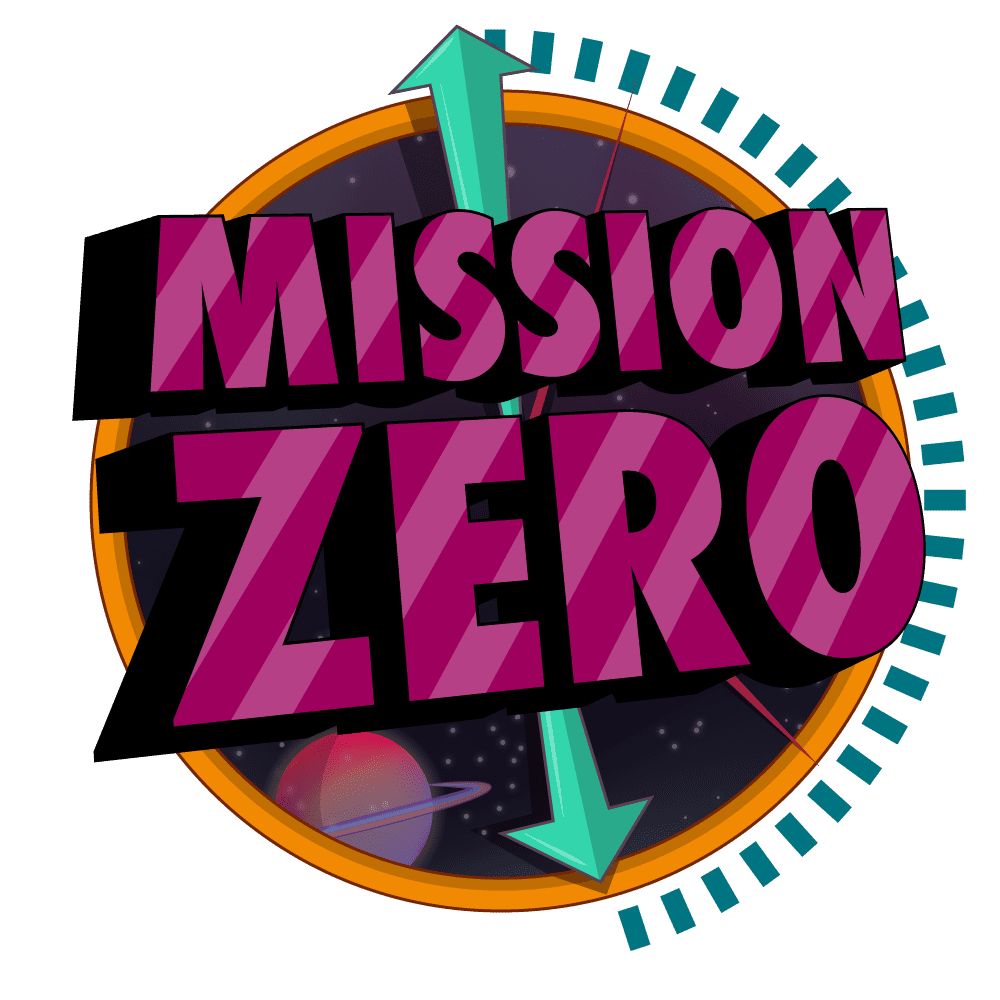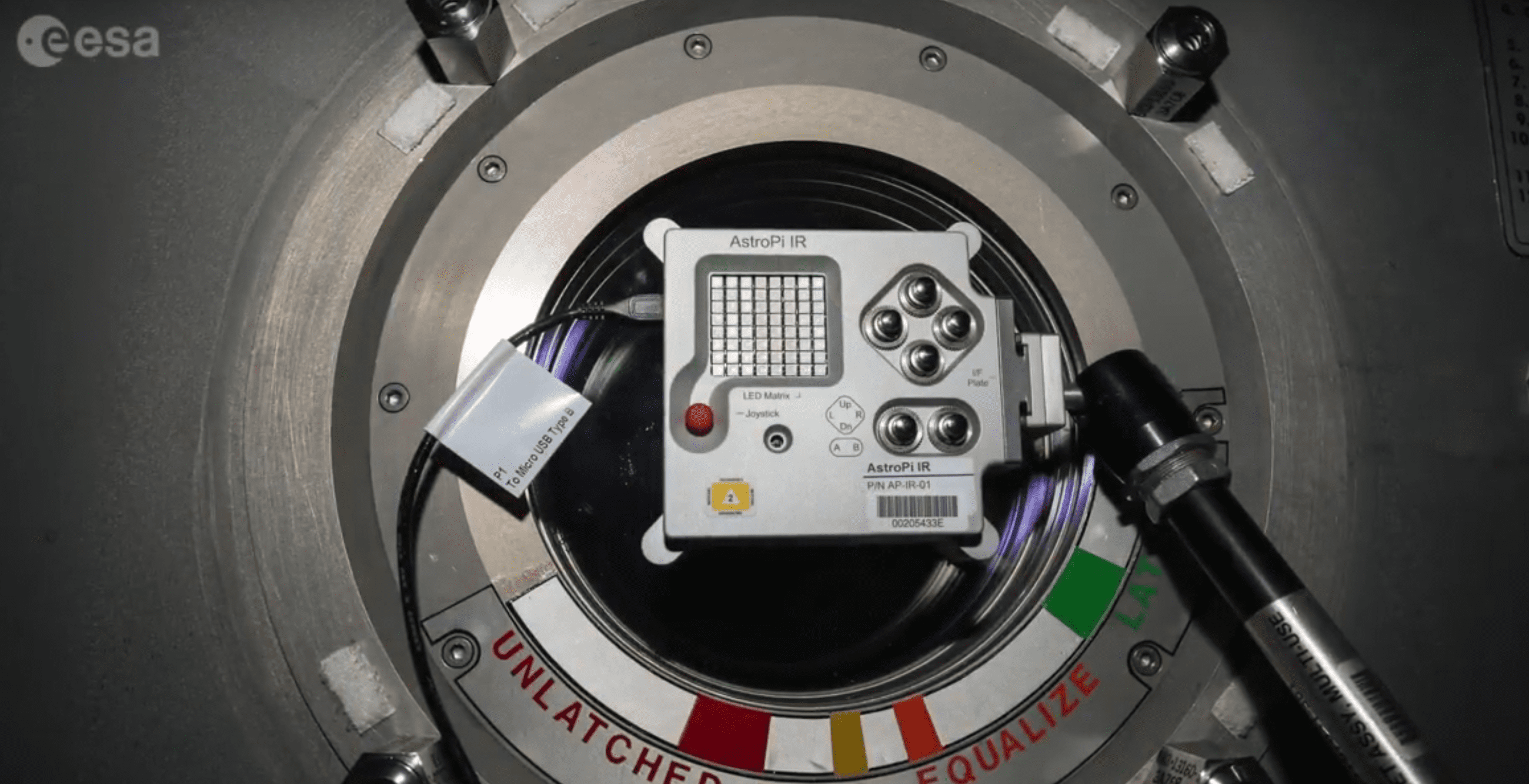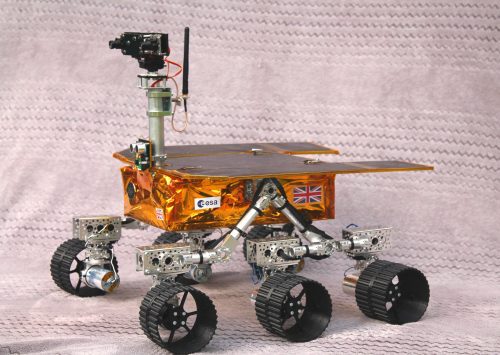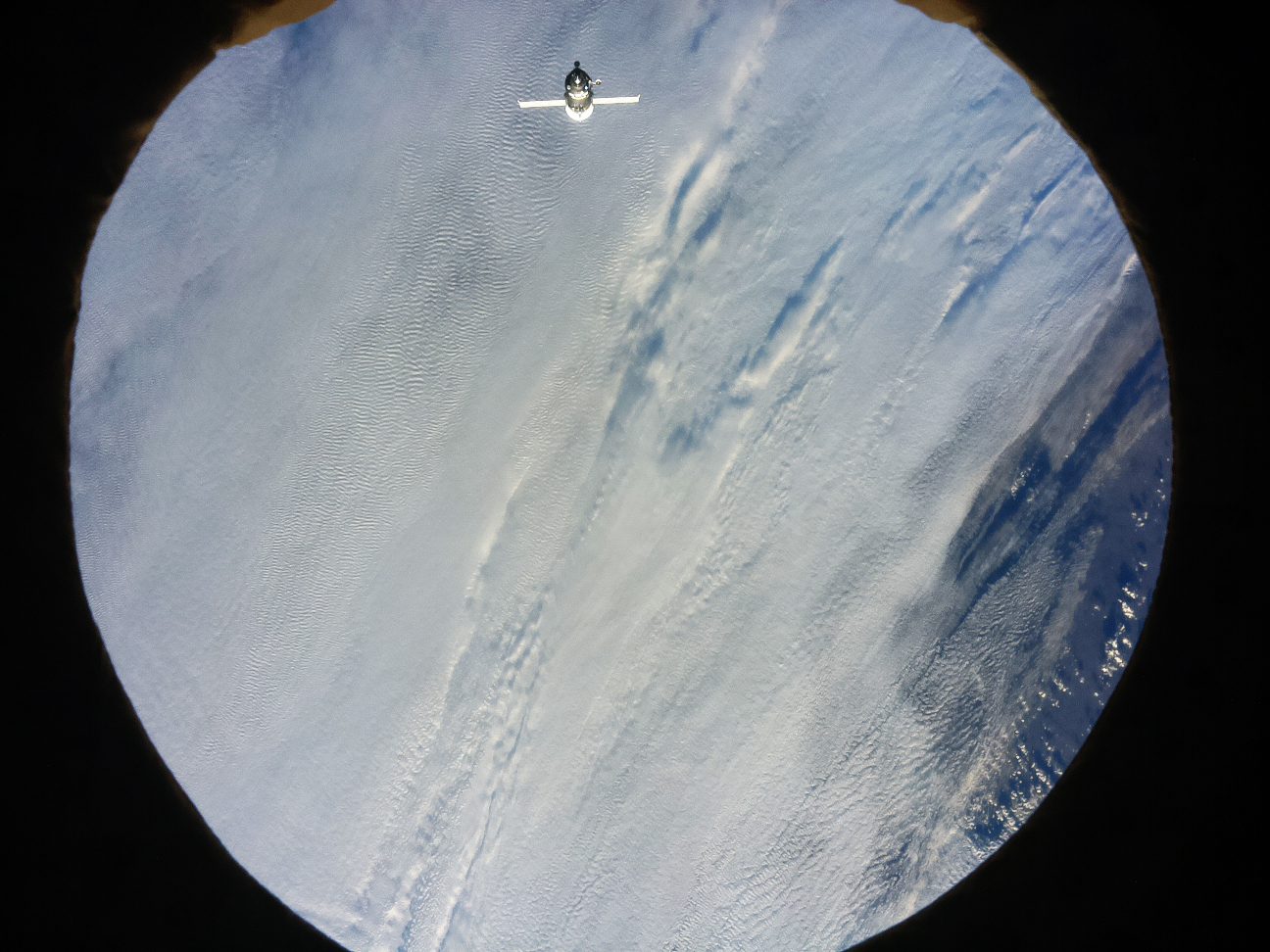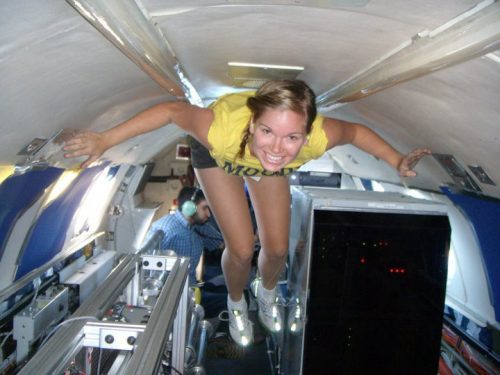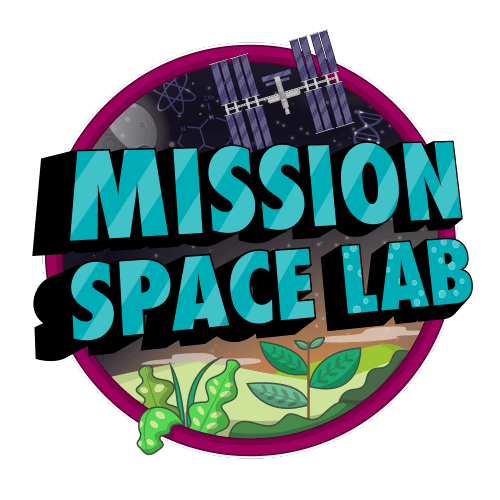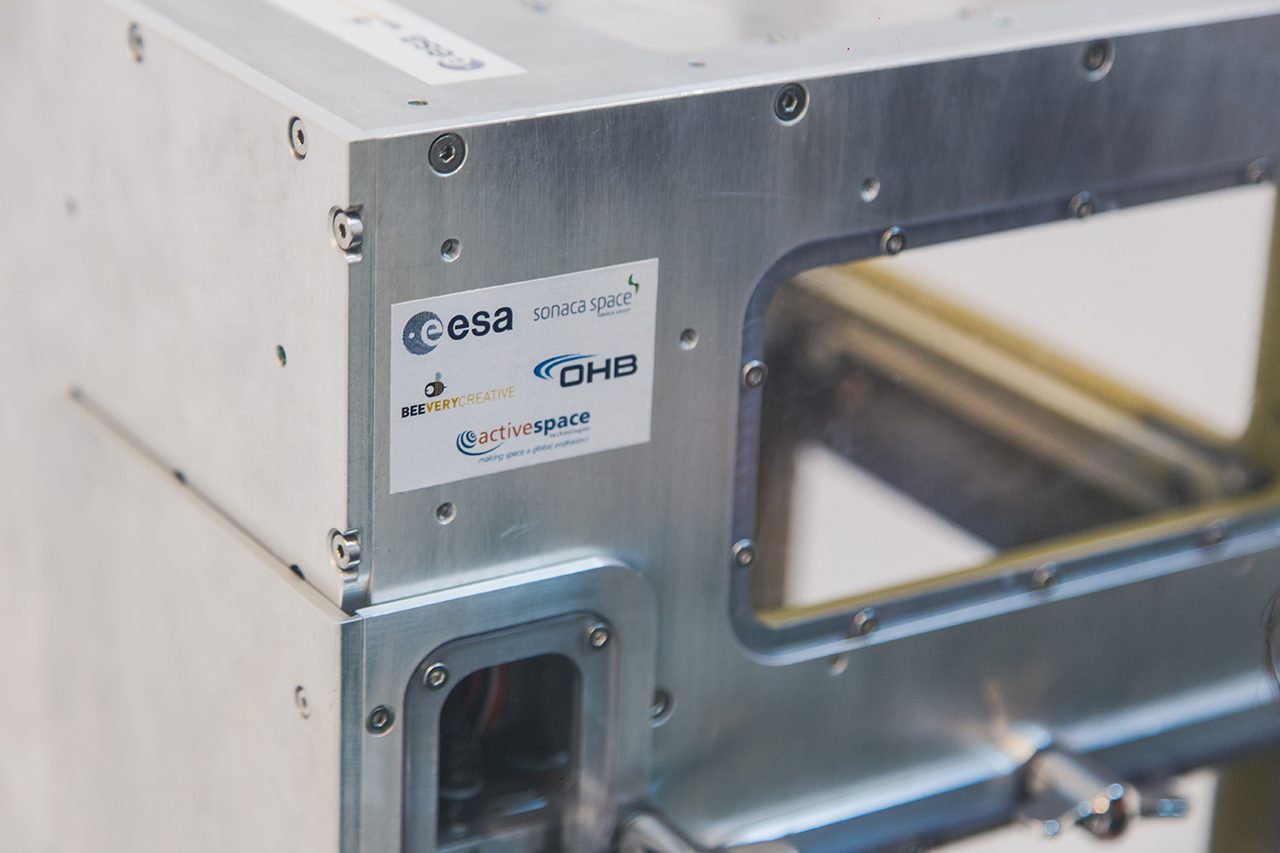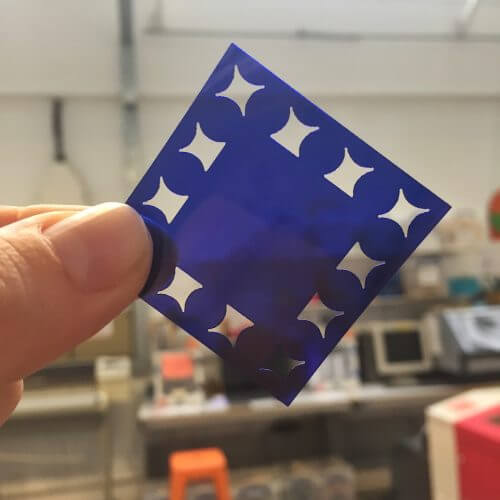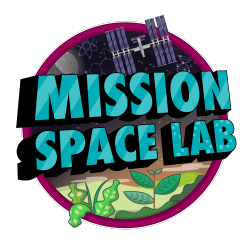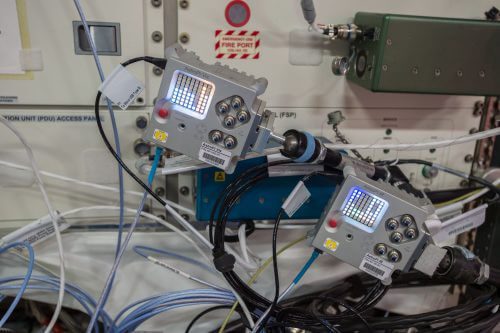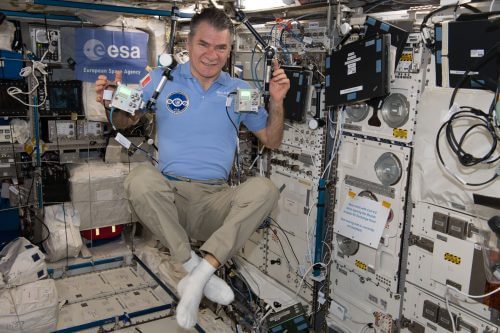Schlagwort: esa
-

Run your code aboard the International Space Station with Astro Pi
Reading Time: 4 minutesEach year, the European Astro Pi Challenge allows students and young people in ESA Member States (or Slovenia, Canada, or Malta) to write code for their own experiments, which could run on two Raspberry Pi units aboard the International Space Station. The Astro Pi Challenge is a lot of fun, it’s about space,…
-

European Astro Pi Challenge: Mission Space Lab winners 2018–2019!
Reading Time: 4 minutesThis is your periodic reminder that there are two Raspberry Pi computers in space! That’s right — our Astro Pi units Ed and Izzy have called the International Space Station home since 2016, and we are proud to work with ESA Education to run the European Astro Pi Challenge, which allows students…
-

Yuri 3 rover | The MagPi #82
Reading Time: 4 minutesIn honour of the 50th anniversary of the Apollo moon landing, this year’s Pi Wars was space-themed. Visitors to the two-day event — held at the University of Cambridge in March — were lucky enough to witness a number of competitors and demonstration space-themed robots in action. Among the most impressive was…
-

Raspberry Pi captures a Soyuz in space!
Reading Time: 2 minutesSo this happened. And we are buzzing! You’re most likely aware of the Astro Pi Challenge. In case you’re not, it’s a wonderfully exciting programme organised by the European Space Agency (ESA) and us at Raspberry Pi. Astro Pi challenges European young people to write scientific experiments in code, and the best…
-

Jenni Sidey inspires young women in science with Astro Pi
Reading Time: 3 minutesToday, ESA Education and the Raspberry Pi Foundation are proud to celebrate the International Day of Women and Girls in Science! In support of this occasion and to encourage young women to enter a career in STEM (science, technology, engineering, mathematics), CSA astronaut Jenni Sidey discusses why she believes computing and digital…
-

Tim Peake congratulates winning Mission Space Lab teams!
Reading Time: 4 minutesThis week, the ten winning Astro Pi Mission Space Lab teams got to take part in a video conference with ESA Astronaut Tim Peake! ESA Astro Pi students meet Tim Peake Uploaded by Raspberry Pi on 2018-06-26. A brief history of Astro Pi In 2014, Raspberry Pi Foundation partnered with the UK…
-

ESA Now Testing a Prototype Microgravity 3D Printer
Reading Time: 3 minutesThe European Space Agency (ESA) is testing a 3D printer designed to work under microgravity and fabricate with engineering polymers featuring high end mechanical and thermal properties. A prototype 3D printer capable of printing in microgravity has been handed over to the European Space Agency (ESA) for use on the International Space…
-

Astro Pi upgrades launch today!
Reading Time: 3 minutesBefore our beloved SpaceDave left the Raspberry Pi Foundation to join the ranks of the European Space Agency (ESA) — and no, we’re still not jealous *ahem* — he kindly drafted us one final blog post about the Astro Pi upgrades heading to the International Space Station today! So here it is.…
-

Mission Space Lab flight status announced!
Reading Time: 6 minutesIn September of last year, we launched our 2017/2018 Astro Pi challenge with our partners at the European Space Agency (ESA). Students from ESA membership and associate countries had the chance to design science experiments and write code to be run on one of our two Raspberry Pis on the International Space…
-

Astro Pi celebrates anniversary of ISS Columbus module
Reading Time: 3 minutesRight now, 400km above the Earth aboard the International Space Station, are two very special Raspberry Pi computers. They were launched into space on 6 December 2015 and are, most assuredly, the farthest-travelled Raspberry Pi computers in existence. Each year they run experiments that school students create in the European Astro Pi…
-

Astro Pi Mission Zero: your code is in space
Reading Time: 4 minutesEvery school year, we run the European Astro Pi challenge to find the next generation of space scientists who will program two space-hardened Raspberry Pi units, called Astro Pis, living aboard the International Space Station. Italian ESA Astronaut Paolo Nespoli with the Astro Pi units. Image credit ESA. Astro Pi Mission Zero The…
